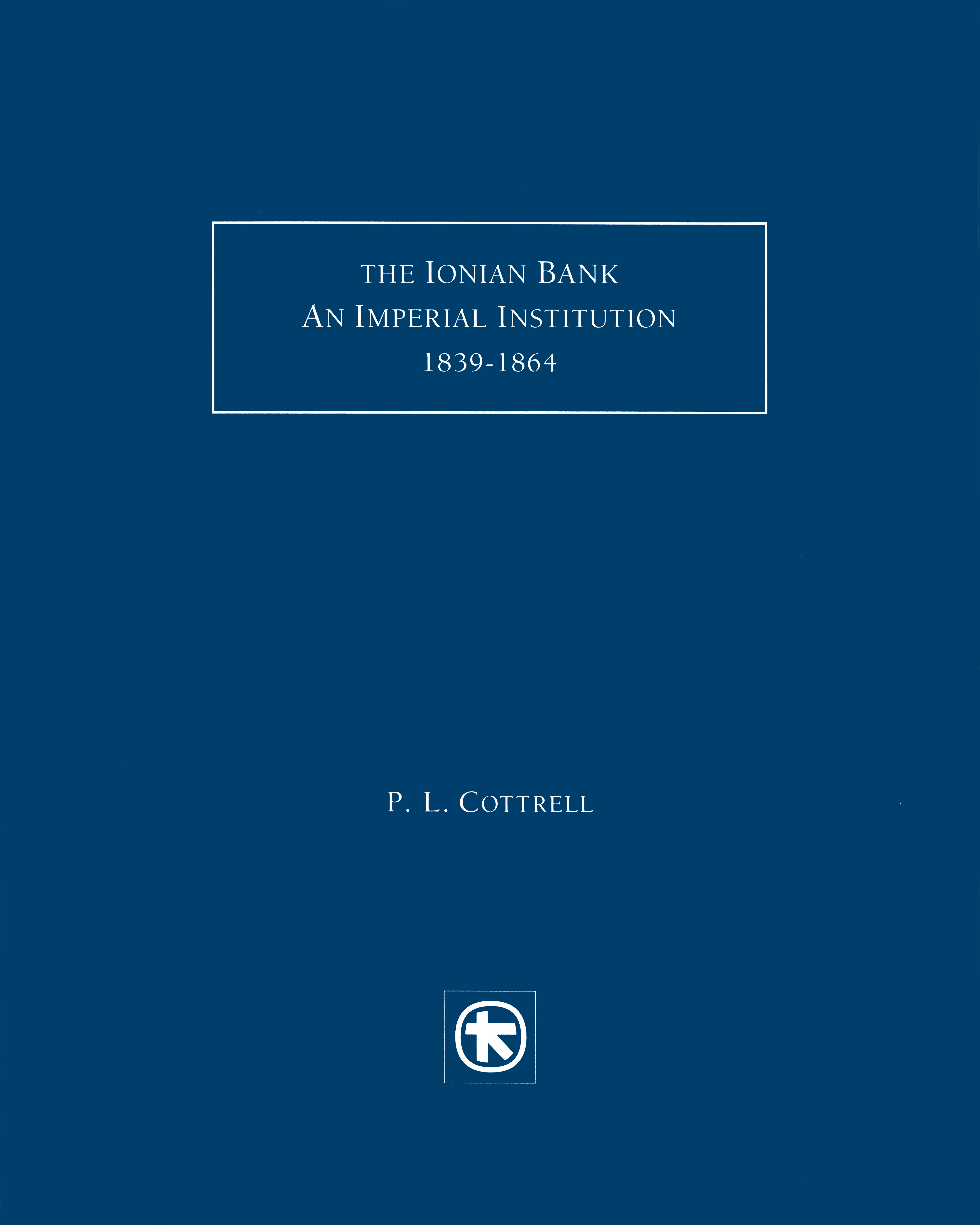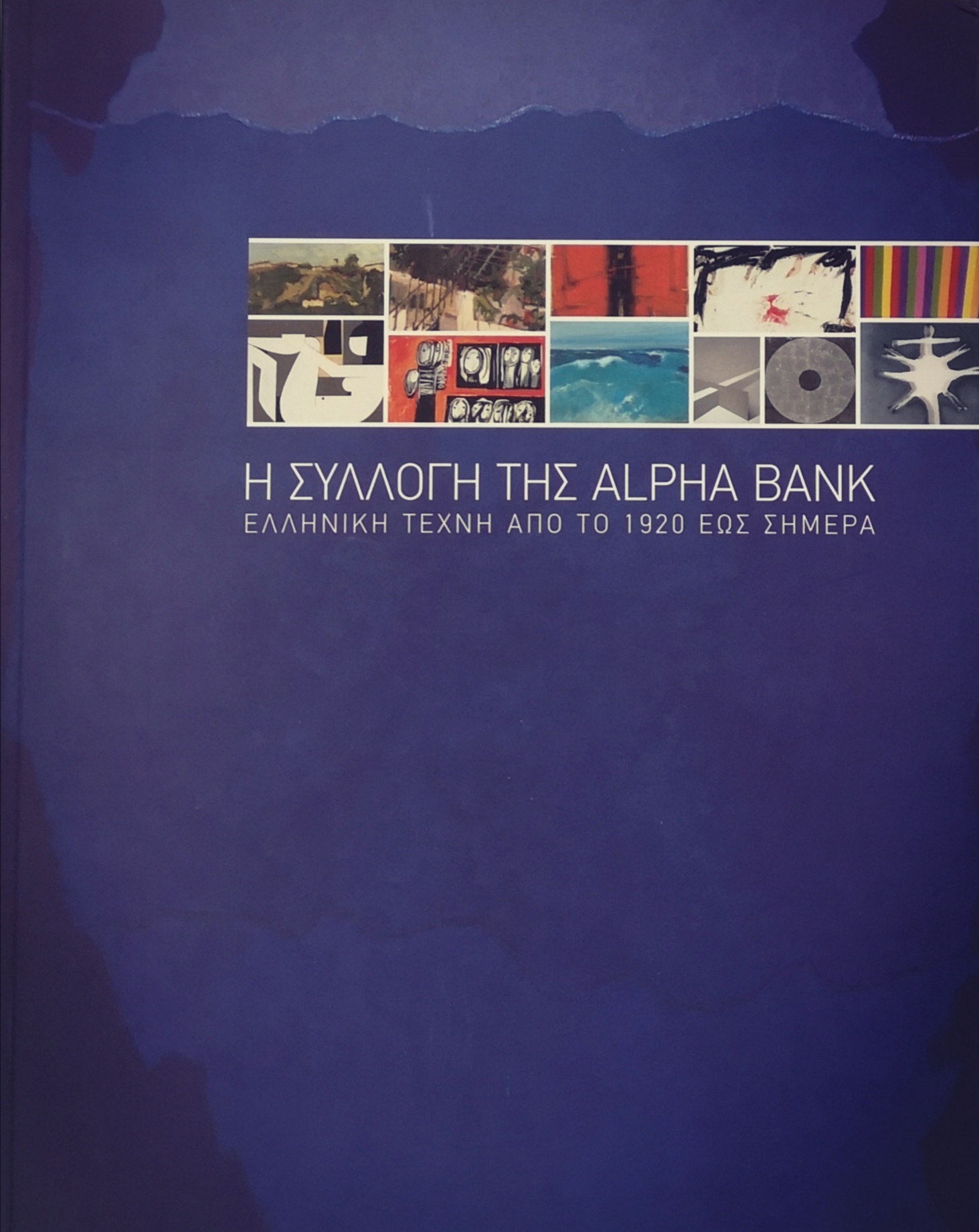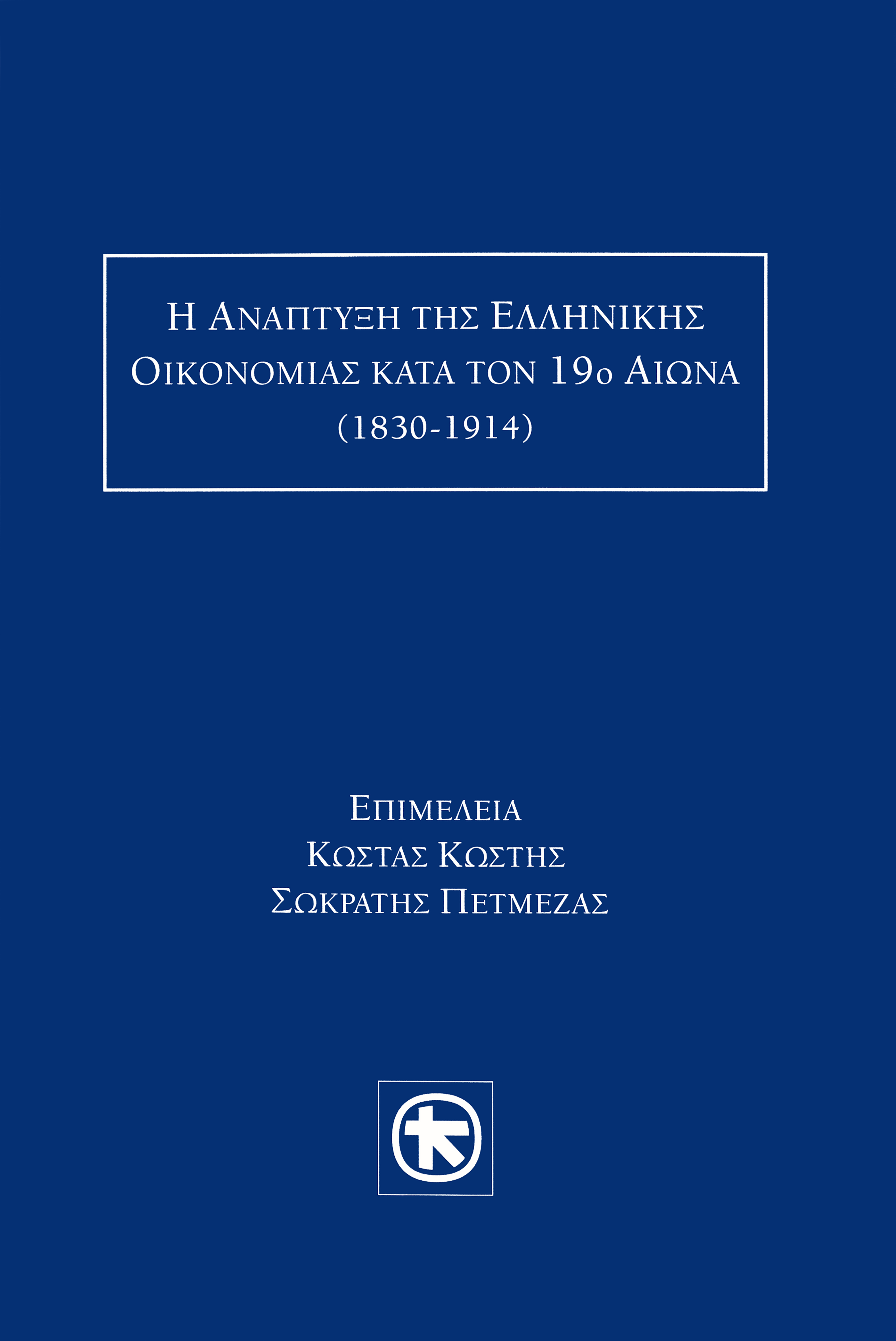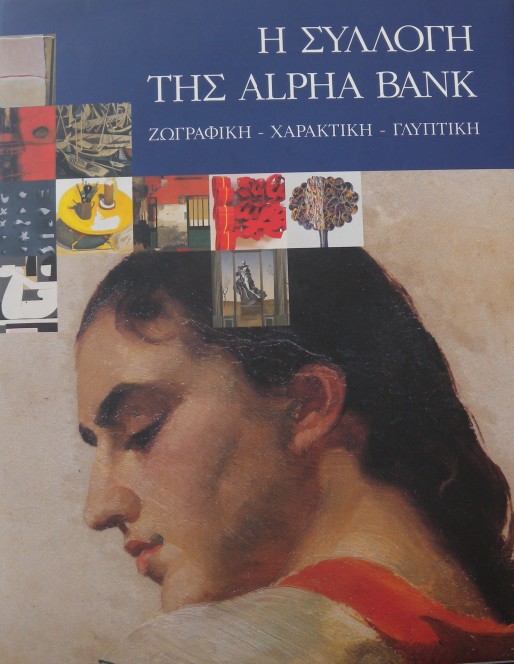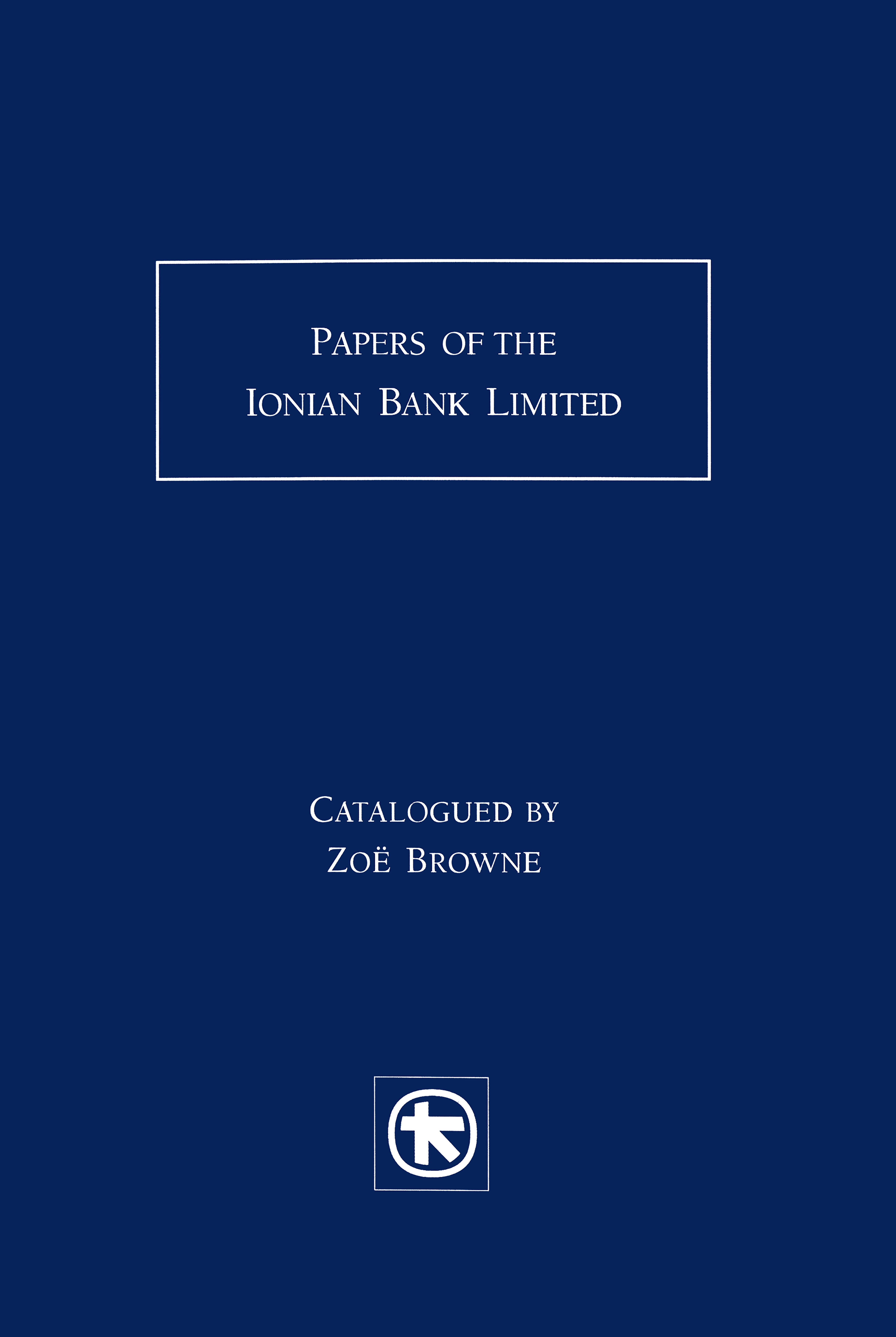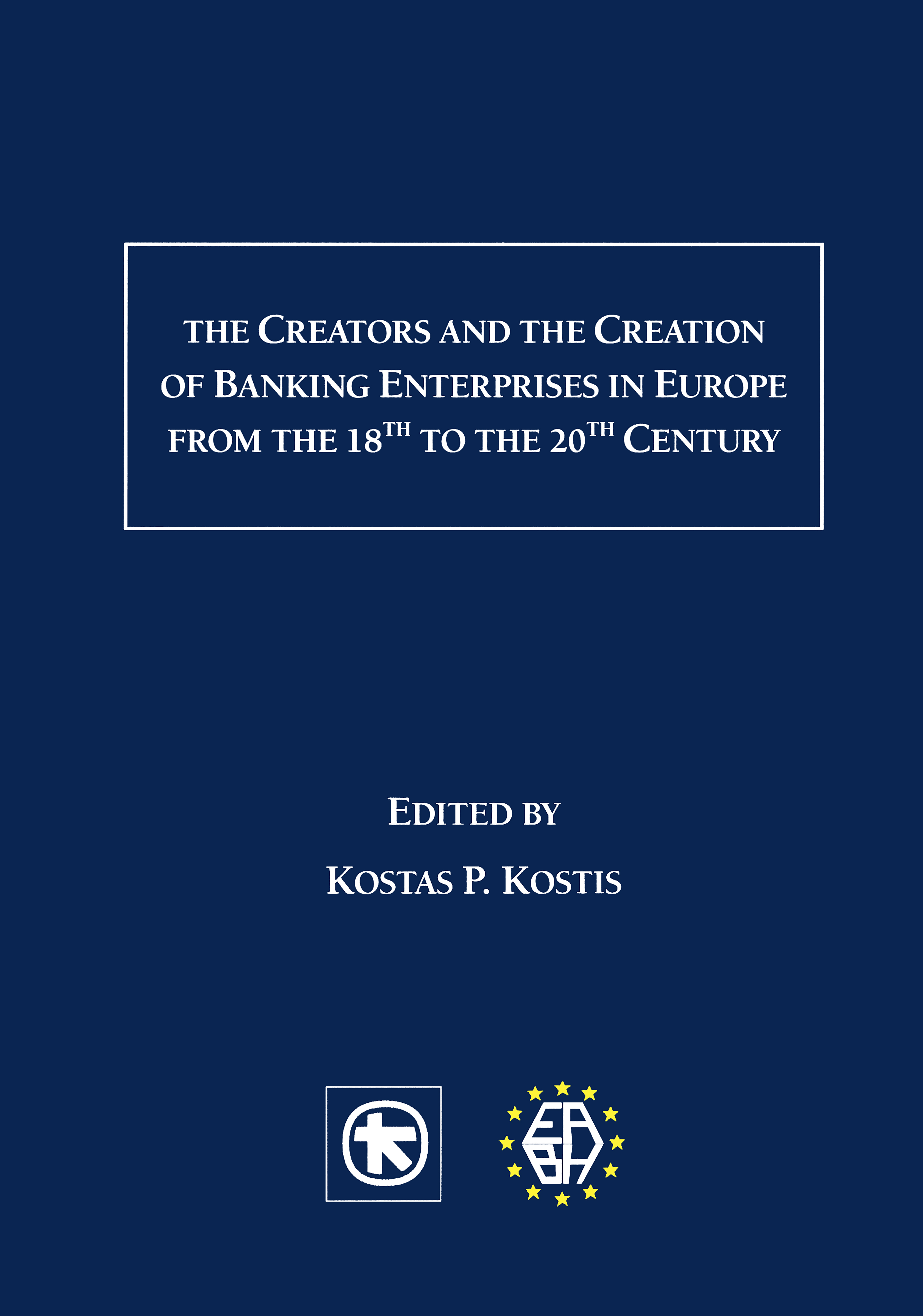Year published: 2007
Hellenic Coinage. The Alpha Bank Collection
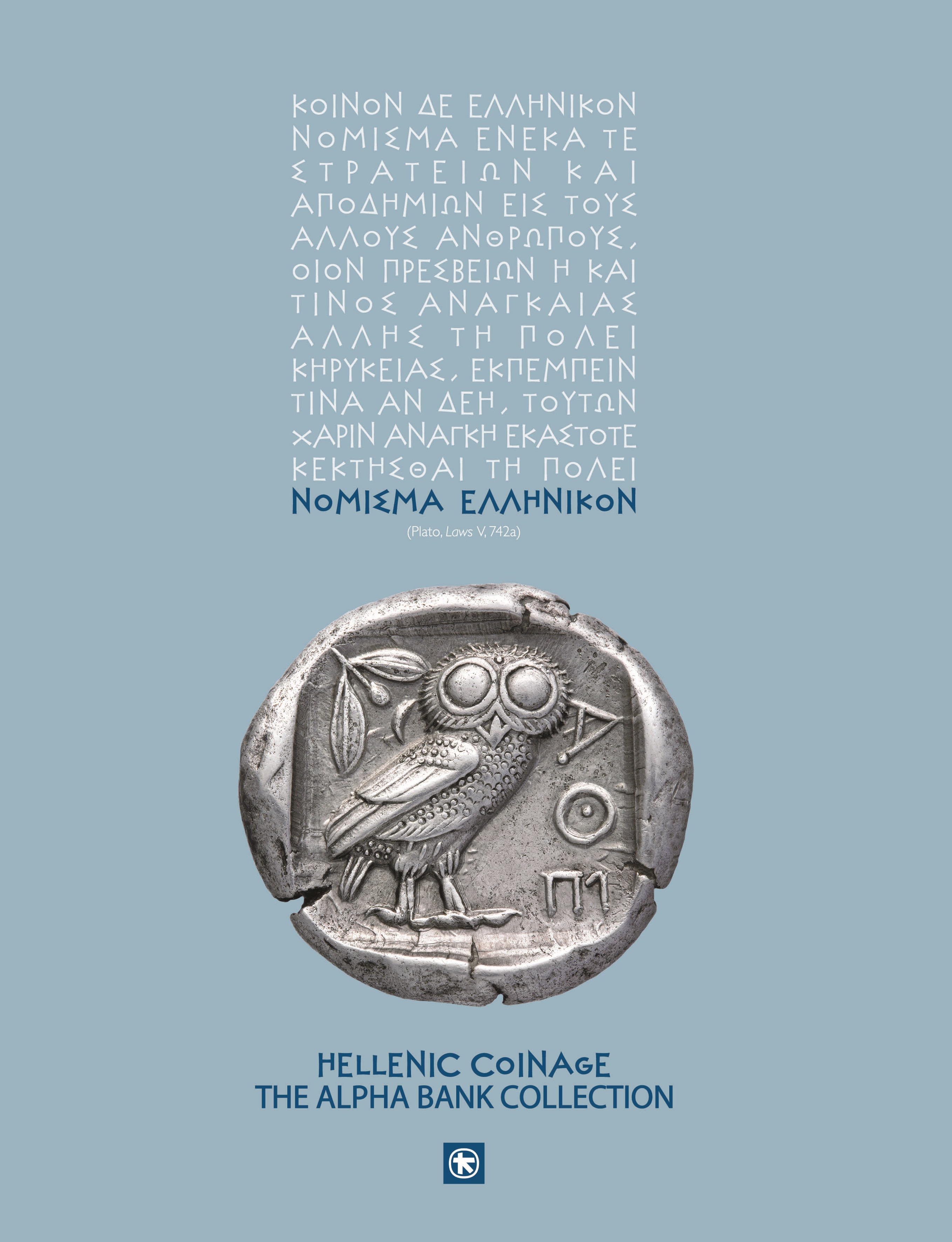
The publication Hellenic Coinage. The Alpha Bank Collection was issued on account of the first major exhibition of the Alpha Bank Numismatic Collection at Benaki Museum in 2007. It contains 206 selected coins from the entire ancient world, including some of the most beautiful coins in the Collection.
- Edited by: Dimitra Tsangari
- Language: Greek, English
- Year published: 2007
What the publication includes
The publication Hellenic Coinage. The Alpha Bank Collection is the first publication of the Alpha Bank Numismatic Collection.
It covers the history of coinage in ancient times, since the time currency was invented. Embark on a journey through time and space with 206 coins from the entire ancient world. Coin selection was based on ancient geographical distribution.
The first exhibition of a great collection
The publication accompanied the major exhibition “Hellenic Coinage. The Alpha Bank Collection” held at Benaki Museum in 2007. It was the first time Alpha Bank opened its Numismatic Collection to the general public.
The exhibition presented the history of the basic means of transactions. It covered the entire antiquity, the pre-coin period and the time currency was invented.
The various thematic sections showcased how coins spread across the ancient world.
A journey through time and space
The publication starts with 2 introductory chapters that present:
- The history of the Alpha Bank Numismatic Collection.
- The pre-coin period.
- The invention of coins.
- The first coins in history.
The following 9 sections present the coins of the ancient world and the history of coinage in each area.
1st section: Western Europe
The Greeks showed up for the first time in the West around 600 BCE, when people from Phocaea in Ionia founded Marseilles in southern France. The Greek coins that circulated in the area influenced Celtic tribes in today’s Britain, France and Switzerland, who issued their own coins with a strong Greek influence.
2nd section: Italy-Sicily
The publication presents coins from Southern Italy and Sicily, or Magna Grecia as the area was called since ancient times. The region developed extensive coinage almost since the time currency was invented.
3rd section: Thrace-Black Sea
The publication presents coins from Thracian cities. During antiquity, this area at the crossroads between East and West spanned from the River Nestos to the Black Sea and from the Aegean Sea to the River Danube. In 8th-7th century BCE it attracted heavy colonisation. The new cities that were founded issued coins.
4th section: Macedonia-Paionia
The publication includes samples of the rich Macedonian coinage. Macedonian kings and cities issued rich coin series. The same thing happened in Paionia, the area spanning from Illyria to the River Strymonas, on the upper flow of the River Axios.
5th section: Central-Western Greece, Athens, Peloponnese, Cyclades, Crete
The publication presents coins from:
- Central and Western Greece and the numerous mints in the area in the 5th century BCE.
- Athens, the intellectual and cultural centre of Greece, which developed great and extensive coinage and earned its own page in numismatic history.
- The Peloponnese, which developed extensive coinage as many cities in the area issued their own coins.
- The Cyclades, where coins first appeared very early, in late 6th century BCE.
- Crete, where it is estimated that 40 mints operated during the classical and the Hellenistic period.
6th section: Asia Minor
The publication presents samples of the rich numismatic series circulated by various cities, kings and satraps, after the invention of coins in western Asia Minor.
7th section: Cyprus
Coinage on the island was a fairly early and dynamic phenomenon. It was associated with the division of the island into city-kingdoms. The first coins seem to appear in mid 6th century BCE at the kingdom of Salamina, during the rule of King Evelthon.
8th section: Syria-Arabia-East (Bactria/India)
The publication presents coins from:
- Syria: The Seleucid kingdom was one of the greatest Greek kingdoms that developed considerable coinage. It was founded in late 4th century BCE.
- Arabia: Its history goes way back in time. The coins that circulated in the area before Islam are very interesting. They are imitations of Greek coins that reached the area via trade routes.
- Bactria and India: The Greek civilisation, language and coinage were introduced into these 2 kingdoms with the campaign of Alexander the Great.
9th section: Africa
Since late 6th century BCE, Greek coins were minted and circulated there. Rich coin series come from Cyrenaica, today’s north-eastern Libya, Carthage, today’s Tunis, as well as from the kingdom of Ptolemy.
Edited by: Dimitra Tsangari
Publisher: Alpha Bank
Place and time: Athens, 2007
Dimensions: 32 x 24 cm
Pages: 311
Cover type: Hardcover, Paperback
Greek ISBN: 978-960-88823-7-9 (hardcover and paperback)
English ISBN: 978-960-88823-8-6 (hardcover)
